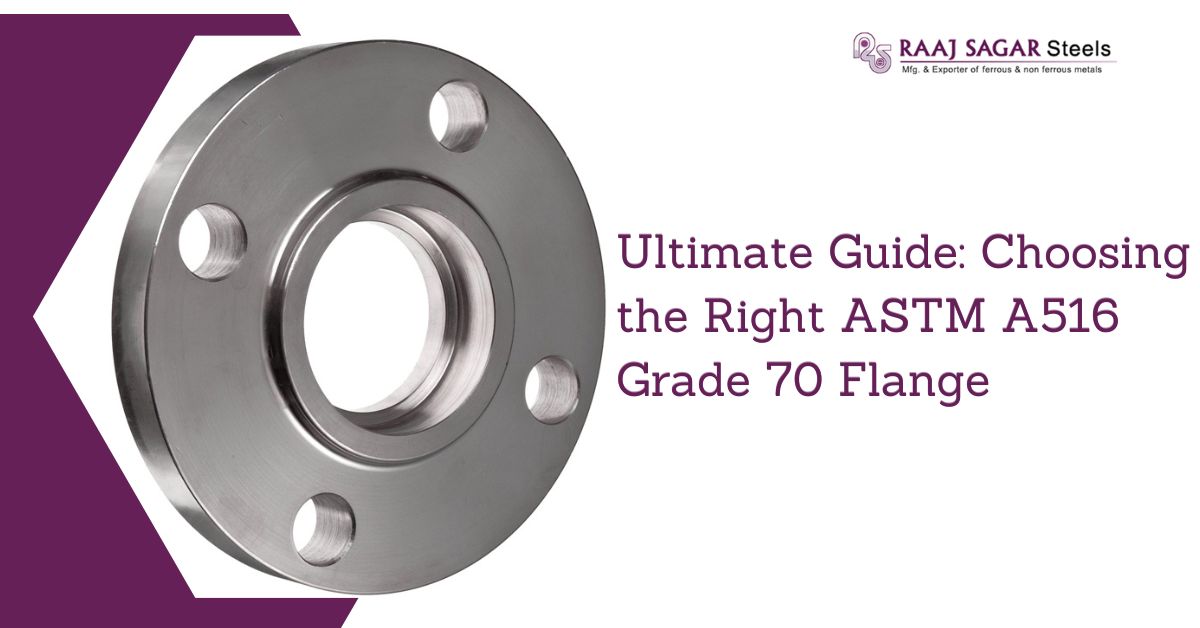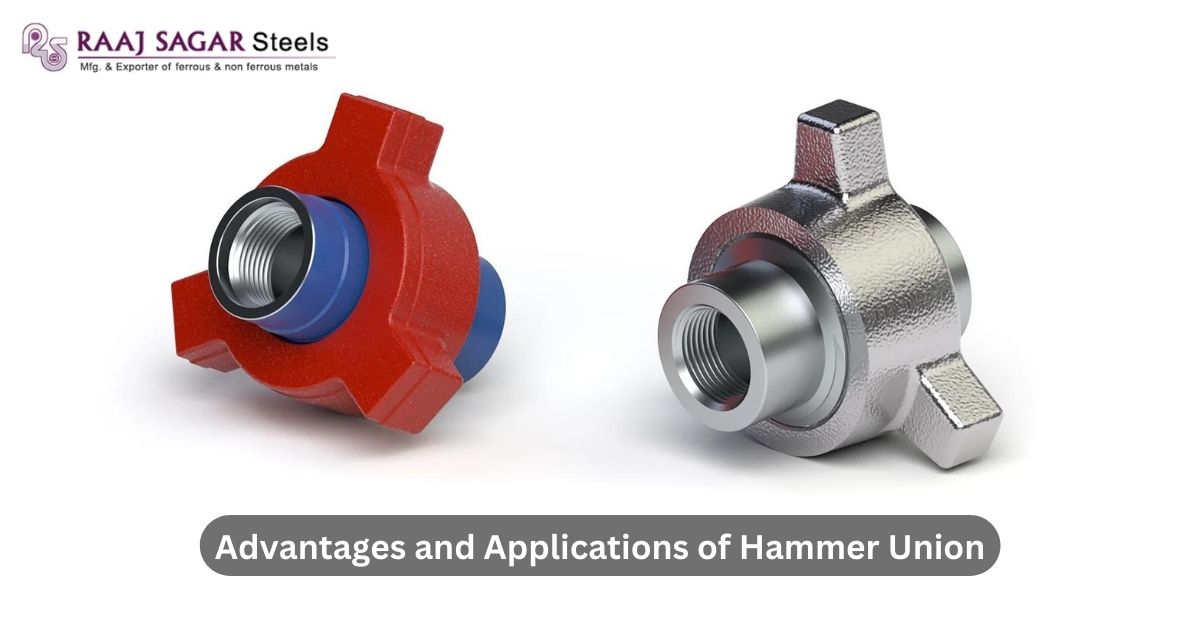Ultimate Guide: Choosing the Right ASTM A516 Grade 70 Flange
ASTM A516 Grade 70 is a popular material for flanges used in various industrial applications. Flanges are important components that connect pipes, valves, and other equipment in a piping system. However, choosing the right ASTM A516 Grade 70 flange can be challenging, as several factors must be considered. This ultimate guide will discuss the key factors to consider when selecting an ASTM A516 Grade 70 flange.
Dimensions and Size
One of the most important factors to consider when choosing an ASTM A516 Grade 70 Flange. is its dimensions and size. Flanges come in various sizes and shapes, so choosing the right size and shape that fits your piping system is important. It’s also important to consider the thickness of the flange and the number of bolt holes required. Choosing the right dimensions and size will ensure a proper fit and reduce the risk of leaks.
Material
The material of the flange is also an important factor to consider. ASTM A516 Grade 70 is a popular flange material, but it’s not the only material available. Other materials, such as ASTM A105, ASTM A350 LF2, and ASTM A182 F316, are also commonly used for flanges. The material chosen will depend on the application’s specific requirements, such as the temperature and pressure of the system, as well as the type of fluid being transported.
Pressure Rating
The pressure rating of the flange is another important factor to consider. The pressure rating indicates the maximum pressure the flange can handle without failing. Flanges come in different pressure ratings, and choosing the right pressure rating for your application is important to ensure safety and prevent system failure.
Face-Types
Flanges come in different face types, including flat face, raised face, and ring joint face. The face type determines the sealing mechanism of the flange and is an important factor to consider when choosing an ASTM A516 Grade 70 Flange.. The face type chosen will depend on the type of gasket used and the application’s requirements.
Coating
The coating of the flange is another important factor to consider. Coatings can provide additional protection against corrosion, erosion, and other forms of damage. Common coatings for flanges include epoxy, zinc, and Teflon. The coating chosen will depend on the application’s specific requirements and the environment in which the flange will be used.
In conclusion, choosing the right ASTM A516 Grade 70 flange requires careful consideration of several factors, including dimensions and size, material, pressure rating, face type, and coating. By taking these factors into account, you can select a flange that meets the specific requirements of your application and ensures the safe and reliable operation of your piping system.


